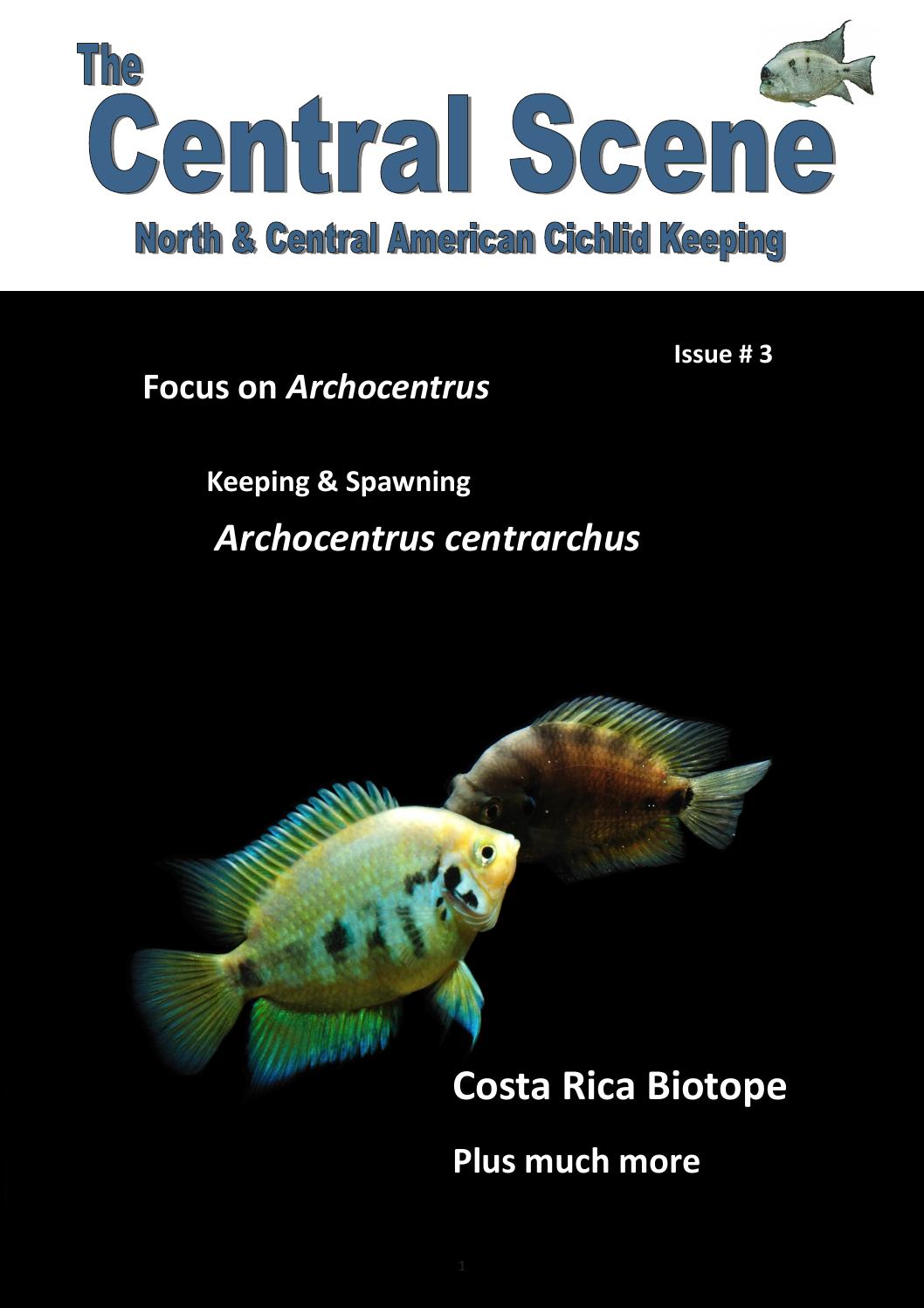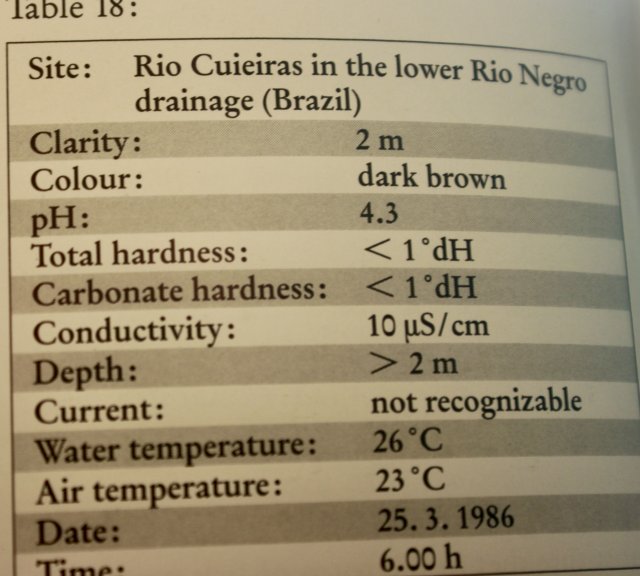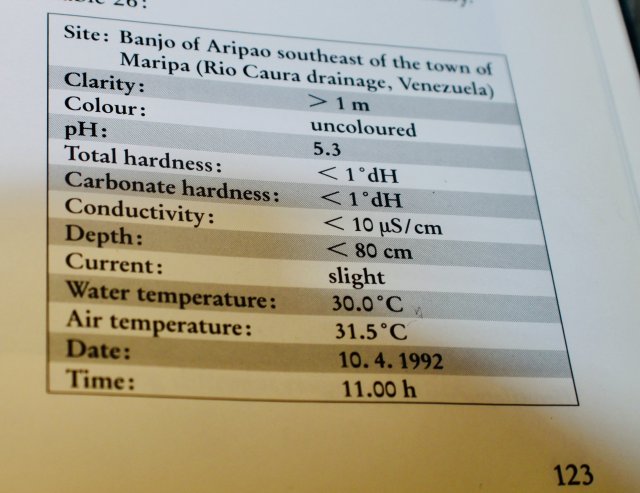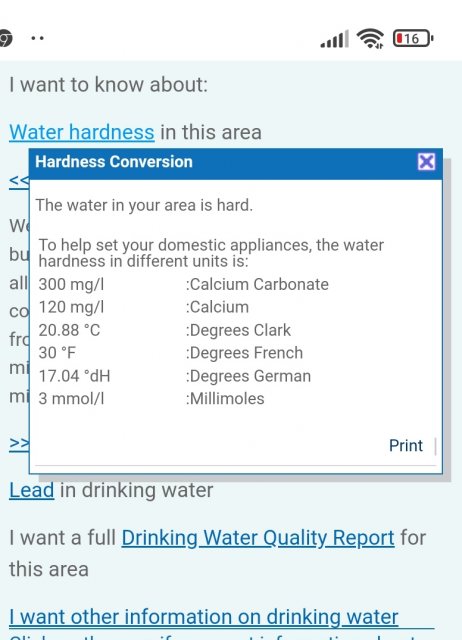No I'm not dead set on keyholes. I'm drawn towards their disk like shape and peaceful nature, I thought they'd be an ideal candidate for my setup if they can do well in hard water but if not I will certainly look at another species.Are you dead set on the Keyholes? My water tends to be on the hard side too in my locale. For me I researched fish that would do better in the water I have instead of chasing water parameters. Here in SW FL we have farm raised Honduran Red Points & Rainbow Cichlids for example that are raised and bred in hard water. Might be better for you & the fish to look at something more suitable for your water supply so you don't have to constantly tinker with parameters.
I really like severum, again because of their disk type shape but I don't think my tank is large enough to keep even the smallest species of sev? And even if it were large enough i don't think severum will do to great in my hard water either?
I had originally looked at keeping a harem of sajica as they like most centrals prefer harder water but I was steered away from them as I discovered they can be very harsh on each other when breeding and even when keeping a mated pair the male will often kill the female. I'm not really to keen on any of the other smaller CA cichlids.
My standby plan is one stanzzz suggested in a previous thread, a group of meeki with some tails. They're not my favourite looking cichlid but I think they'll suit my water and the scape I want to create














